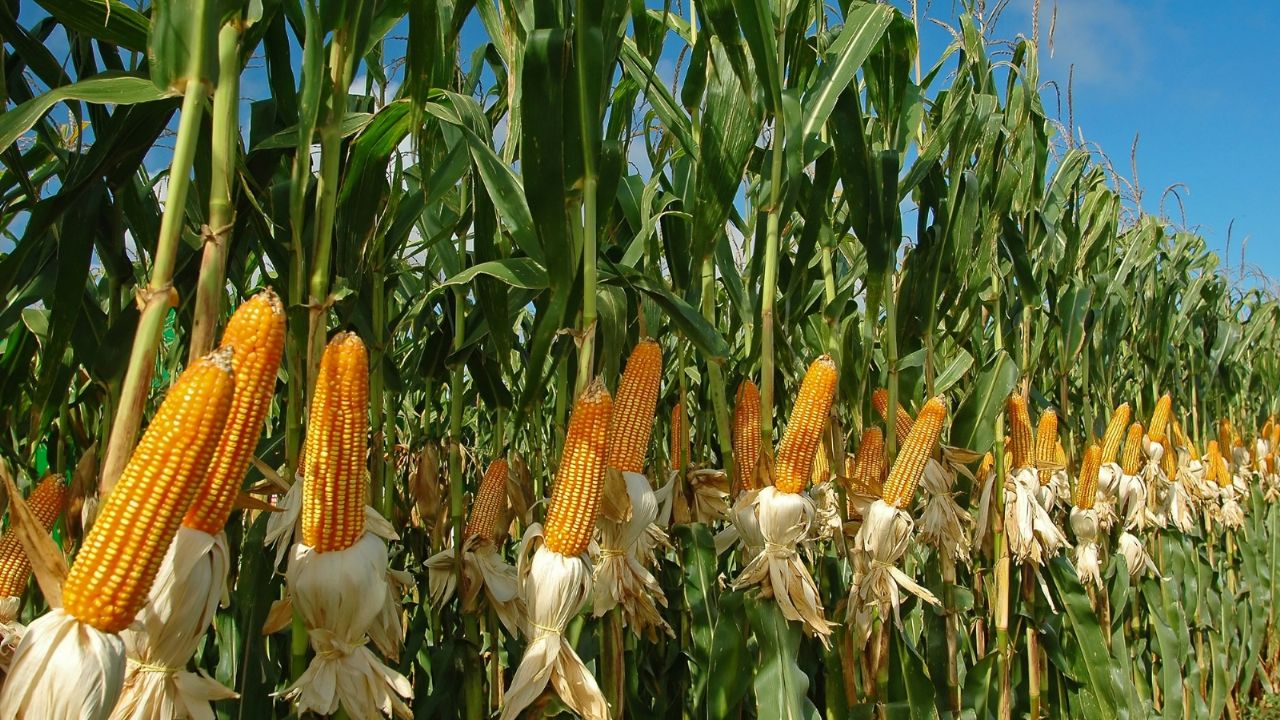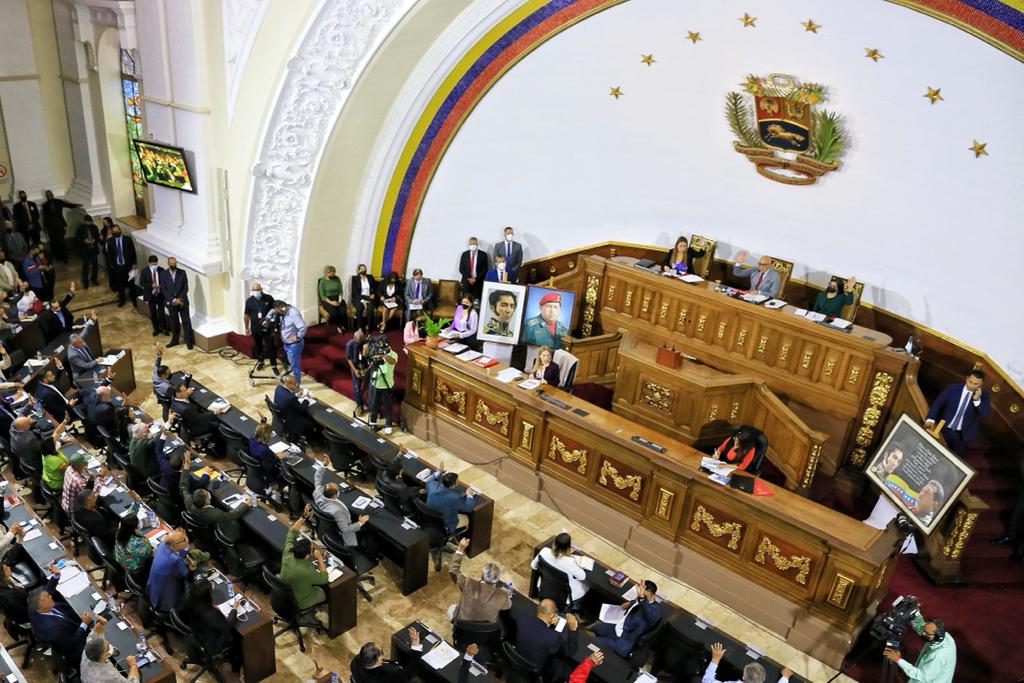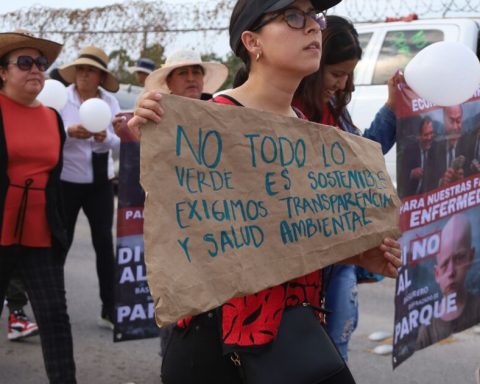The measure ordered by the Ministry of Economy, chaired by Sergio Massa, called Soybean Dollar, had a great impact on the amount of foreign currency that producers generated the country and allowed, according to statements by the minister himself, to reinforce the reserves of the Central Bank of the Argentine Republic (BCRA) and thus comply with the review of the agreement with the International Monetary Fund.
However, this economic measure only benefited large corporations that they had enough capital to stop the sale of soybeans until conditions favored them. The small and medium producers they could not resist without selling their crops until the measure was implemented, so the benefits of it did not reach them.
That is why the Ministry of Agriculture, Livestock and Fisheries, through resolution 1/2023, published this Wednesday in the Official Gazette, launched a series of compensations to the producers that they could not enter the soybean dollar promoted by Sergio Massa. more than 4,000 producersbetween medium and small, will be reached by the economic benefit.
The numbers of the program show that 15,000 million pesos are allocated to subsidize the hectares planted with soybeans or corn that were declared to the Secretariat in question, being the value delivered up to 6,500 pesos per portion of 100 square meters of soybeans and 20,000 pesos for the same area of corn.

Juan José Bahillo, who chairs the aforementioned Secretary of Agriculture, said: “In the framework of joint work with the AFIP (Federal Administration of Public Revenues) we were able to increase the number of beneficiaries in order to boost agricultural production throughout the country”, which compensates those who did not resist selling their crops before the arrival of the soybean dollar.
The drought that devastates the agribusiness
The end of 2022 and the beginning of 2023 The severe drought suffered by the Argentine agro-industrial sector subsided with rainfall in various territories of our country, such as, for example, the regions of San Luis, south and southwest of Córdoba, north of La Pampa, south-southwest of Buenos Aires and part of the west and southeast of Buenos Aires.

However, the outlook is discouraging for the coming weeks, since no rains are forecast, which will accentuate the water emergency in coarse grain crops that are already compromised with the loss of large-scale production potential. In the Pampas area, a heat wave is coming that will affect the plantations in a more negative way


















